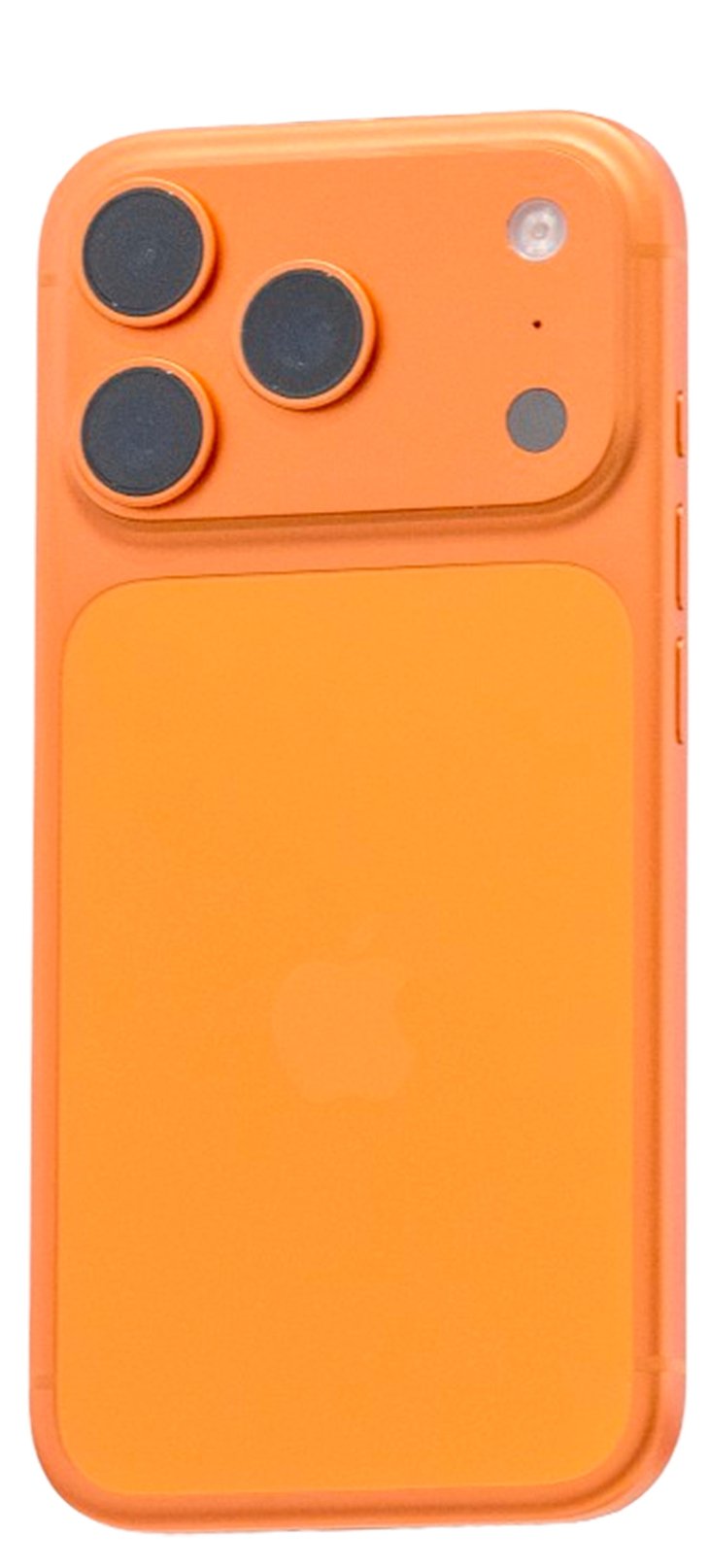
iPhone 17 Pro has a completely new design, but still lacks breakthrough AI features - Photo: AFP
Early morning September 10 (Vietnam time), Apple launched the iPhone 17 generation with 4 products: iPhone 17, Air, 17 Pro and 17 Pro Max.
Amidst the bustling atmosphere with many new features, the "ghost" of the "decaying empire" Nokia still looms large, because Apple almost never mentions artificial intelligence (AI) - the trend that is shaping the future of the technology industry.
Technical breakthrough
The most important point this year is the iPhone Air line - Apple's first thin and light iPhone line. This new smartphone is only 5.6mm thin. This is a new record, thinner than the rival Samsung Galaxy Edge that attracted attention earlier this year.
The iPhone Air marks the first time Apple has launched a completely redesigned smartphone line since the iPhone X in 2017. What has caught the tech world's attention is not the real demand for ultra-thin smartphones, but the technical breakthrough in arranging all the components in a record-thin frame.
This achievement paves the way for Apple's first foldable smartphone, which could be released in 2026. Francisco Jeronimo, vice president of IDC, said the three biggest challenges with foldable smartphones are the hinge, the foldable screen, and "packaging" components into an extremely thin frame. With the iPhone Air, Apple has made significant progress on this last factor.
In addition to the ultra-thin design, the three high-end iPhone lines all have a new design. The strip-shaped camera cluster extends almost the entire width of the device instead of the square cluster as before. The back is designed in two tones instead of monochrome, creating a look that is clearly different from previous generations.
The basic iPhone 17 is equipped with a 120Hz ProMotion display - a technology that is only available on the Pro line. This upgrade alone is considered enough to make the iPhone 17 a smartphone worth buying for users of older iPhone lines.
The most notable upgrade on the iPhone 17 Pro and Pro Max is the camera system. The telephoto camera increases the focal length from 5x to 8x (equivalent to 200mm) with a resolution jump from 12MP to 48MP. This promises to bring superior image quality.
Is Apple falling behind?
In 2007, when the first iPhone was announced, Nokia held nearly 50% of the global smartphone market share. However, the Finnish phone company was complacent and did not adapt to the smartphone trend initiated by Apple.
As a result, Nokia has been steadily losing market share. By the end of 2013, Nokia's smartphone market share was below 3%, and its overall market share was only 10-15%, mainly thanks to low-cost basic smartphones. Now, the one-time "giant" has almost disappeared from the market.
The wave of AI is so fierce and irreversible that many people worry that history will repeat itself with Apple. Apple’s current position has many similarities with Nokia’s back then: both are market leaders, have a large number of loyal customers, but are slow to embrace the new technological revolution.
The answer is still complicated because this is a long-term story. Currently, AI is not the deciding factor in making consumers buy new smartphones.
According to a CNET survey in 2025, only 11% of smartphone users in the US upgraded solely because of AI. This explains why iPhone 16 sales still increased 13% compared to the previous year, and even increased slightly in China after a period of declining market share.
However, in the long run, AI is an irreversible trend and Apple is forced to catch up. Analysts from Bank of America, Goldman Sachs and Citi are all concerned about Apple falling behind in the AI race, according to Investopedia.
The market also reflected this concern when Apple shares fell more than 1% in trading on September 9, while other major technology companies gained points.
Additionally, the departure of many of Apple's top AI researchers to work for Meta and other rivals raises further concerns about competitiveness.
Apple can still turn things around in 2026 as promised at WWDC 2025 in June. For now, those interested will have to wait until 2026 to wait for the breakthrough change that Apple has promised.
Worrying AI flaws
For all the flashy upgrades, Apple couldn’t hide the big flaw: the absence of AI. Apple Intelligence was mentioned just 11 times during the 75-minute event.
Most of them were just passing mentions of the features announced from WWDC 2024 and WWDC 2025. There was no mention of the new AI-powered Siri virtual assistant or other groundbreaking features.
This absence comes as Android rivals are actively racing towards AI technology. Google just launched the Pixel 10 with deeply integrated Gemini AI. Samsung has Galaxy AI with many smart features.
Meanwhile, Apple Intelligence still only meets the most basic features - things that have appeared on other platforms for several years.
Source: https://tuoitre.vn/bong-ma-nokia-co-deo-bam-apple-2025091108284043.htm








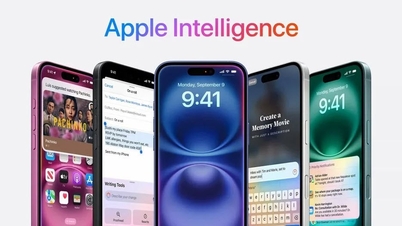






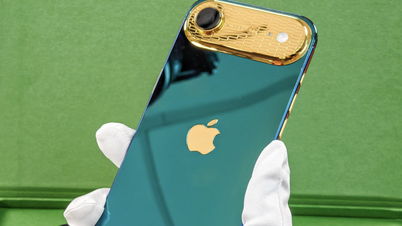

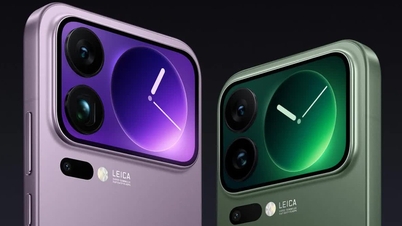






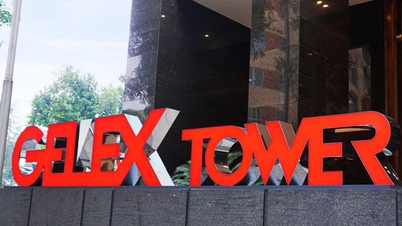






































































Comment (0)